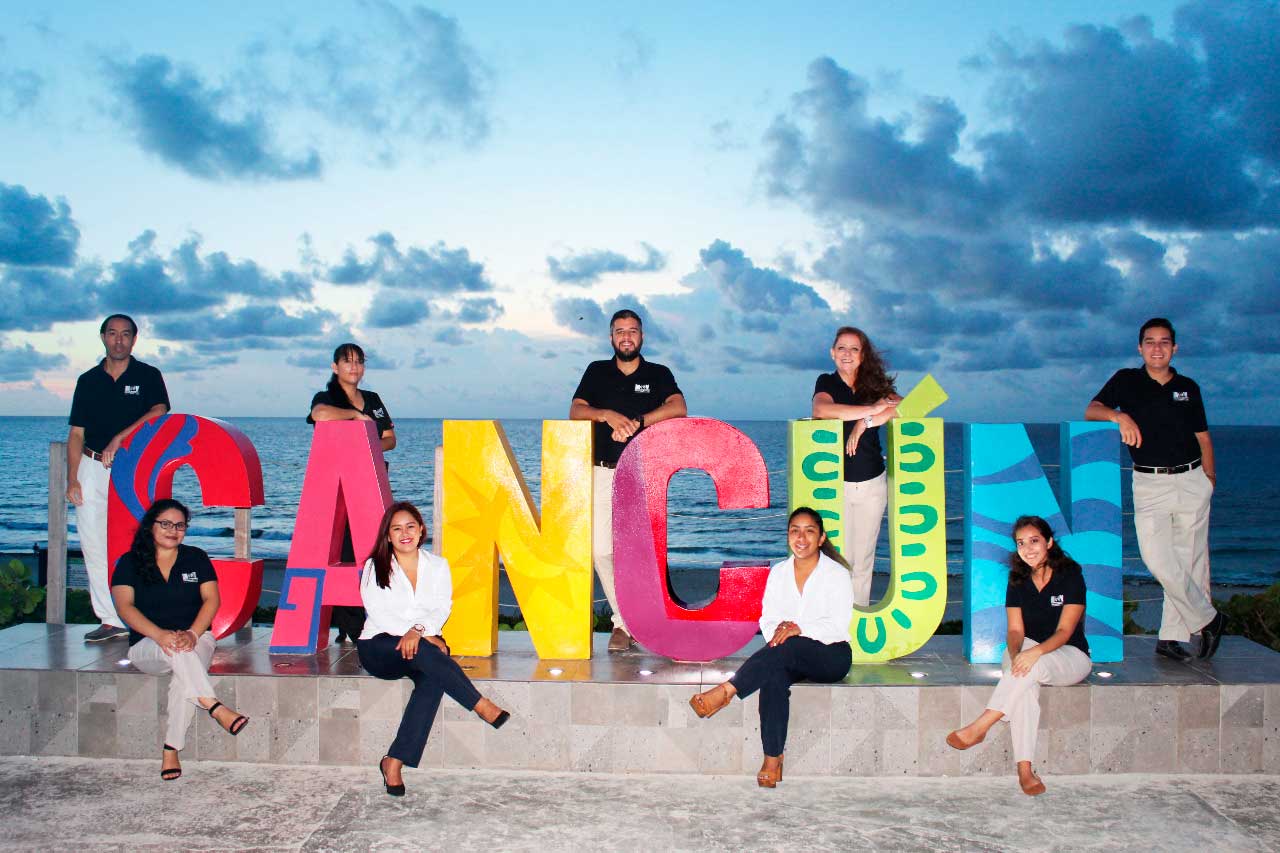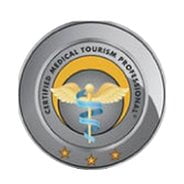Hiatal Hernia
Laparoscopic Antireflux Surgery: Information for the Patient from Your Doctor and from SAGES WHAT IS GASTROESOPHAGEAL REFLUX DISEASE?
Although the word “heartburn” is often used to describe a variety of digestive problems, in medical terms, it is actually a symptom of gastroesophageal reflux disease. In this condition, gastric acids reflux or “recede” from the stomach into the esophagus. Heartburn is described as an intense burning sensation in the area between your ribs or just below the neck. The feeling can radiate through the chest and down to the throat and neck. Many adults in the United States suffer from this uncomfortable and burning sensation at least once a month. Other symptoms may also include vomiting, difficulty swallowing, and chronic coughing or wheezing.
WHAT CAUSES GASTROESOPHAGEAL REFLUX?
When eating, food passes from the mouth to the stomach through a tube called the esophagus. At the lower end of the esophagus, there is a small muscle ring called the lower esophageal sphincter (LES). The LES works as a one-way valve, by allowing food to pass into the stomach. Usually, the LES closes immediately after swallowing to prevent gastric juices – which are high in acid content – from receding into the esophagus. Gastroesophageal reflux occurs when 1/6
EEI does not work correctly and allows the acid to regress and burn the lower portion of the esophagus. This irritates and inflames the esophagus, and causes the sensation of heartburn, and over time can even damage the esophagus.
WHAT FACTORS CONTRIBUTE TO GASTROESOPHAGEAL REFLUX?
Some people are born with a sphincter (LES) that is naturally weak. However, for others greasy and spicy foods, certain types of medications, tight clothing, smoking, alcoholism, strenuous exercise or changes in body position (bending or lying down) can cause the LES to relax and reflux. There may be a hiatal hernia (a collective term for gastroesophageal reflux) in many patients suffering from gastroesophageal reflux, although it may not produce symptoms of heartburn.
HOW IS THE GASTROESOFÁGICO REFLUX?
In general, gastroesophageal reflux is treated in three progressive steps:
CHANGES IN LIFESTYLE
In many cases, changing your diet and taking over-the-counter antacids can reduce the frequency and severity of your symptoms. Weight loss, reduction or elimination of smoking and alcohol consumption, and changes in eating and sleeping habits can also help.
PHARMACOLOGICAL THERAPY
If symptoms persist after these lifestyle changes, pharmacological therapy may be necessary. Antacids neutralize gastric acids, and over-the-counter medications reduce the amount of gastric acid that is produced. Both can be effective in relieving symptoms. Prescription medications can be more effective in curing irritation of the esophagus and reducing symptoms. You need to talk about this therapy with your surgeon.
SURGERY
Patients who do not respond well to changes in lifestyle or medications or who continuously require medicines to control their symptoms should learn to cope with their condition or may undergo a surgical procedure. Surgery is beneficial for the treatment of gastroesophageal reflux 2/6
Some procedures are currently in a trial stage, which is known as intraluminal endoscopic procedures, which are alternatives to laparoscopic surgery and open surgery. You will need to talk with your surgeon and your doctor to decide if you are a candidate for any of these procedures.
TEP TECHNIQUE
The classical TEP technique is the laparoscopic technique considered closest to ideal for inguinal hernia repair, but the technique has several drawbacks such as limited space for dissection and mesh placement, restricted port placement, a low tolerance of accidental pneumoperitoneum, and difficulty in teaching and learning the technique.
These disadvantages may explain the low implementation of the technique outside the circle of experts. We describe an extended-view modification, the eTEP technique, which overcomes several of these drawbacks.
The eTEP technique is based on the premise that the extraperitoneal space can be reached from almost anywhere in the anterior abdominal wall.
The eTEP approach can quickly and easily create an extraperitoneal space, enlarge the surgical field, provide a flexible port setup adaptable to many situations, allow unencumbered parietalization of the cord structures (proximal dissection of the sac and peritoneum), ease the management of the distal sac in cases of large inguinoscrotal hernias, and improve tolerance of pneumoperitoneum, which is a common complication.
We believe that the eTEP technique has a place in the armamentarium of the hernia surgeon. Residents and surgeons in training will find this technique easier to master.
The eTEP can expand the traditional indications of the extraperitoneal approach to patients with difficult body habitus, a short umbilicus-pubis distance, and previous pelvic surgery, and as experience is gained, the indications for traditional TEP can expand to more complex cases.
WHAT ARE THE ADVANTAGES OF THE LAPAROSCOPIC METHOD?
The advantages of the laparoscopic approach are that it usually provides:
- Reduction of postoperative pain
- A shorter hospital stay
- A faster return to work
- Best cosmetic result
WHAT TO EXPECT ON THE DAY OF THE SURGERY?
He usually arrives at the hospital on the morning of the operation.
A qualified medical staff member will place a small needle / small catheter in your vein to administer medications during surgery.
It is often necessary to give presurgical medications. You will be given general anesthesia, and you will fall asleep during the operation that can last several hours.
After the operation, it will be sent to the recovery room until it is fully awake. Most patients stay in the hospital the night of surgery and may need additional days of hospitalization.
HOW IS ANTIREFLUX LAPAROSCOPIC SURGERY CARRIED OUT?
Laparoscopic antireflux surgery (commonly referred to as laparoscopic Nissen fundoplication) involves strengthening the “valve” between the esophagus and the stomach by wrapping the lower end of the esophagus with the upper portion of the stomach, resembling the bread wrapped around it. the sausage of a “hot.”
dog “. In a laparoscopic procedure, surgeons use small incisions (one-quarter to one-half inch) to access the abdomen through cannulae (narrow tubular instruments). The laparoscope, which connects to a small video camera, is inserted through the small incision and gives the surgeon a magnified view of the patient’s internal organs on a television screen.
The entire operation is performed “in” after the abdomen expands when the gas is inflated.
WHAT HAPPENS IF THE OPERATION CAN NOT BE PERFORMED OR COMPLETED VIA LAPAROSCOPIC?
In a small number of patients, the laparoscopic method cannot be performed because of the inability to visualize the organs or to manage them effectively. Among the factors that may increase the possibility of converting to the “open” procedure is 4/6 that may include obesity, a history of previous abdominal surgery that produced dense scar tissue, or bleeding problems during the operation. The decision to perform the open-cast procedure is determined at the discretion of your surgeon either before or during the process itself. When the surgeon feels that it is safest to convert the laparoscopic procedure to an open procedure, it is not a complication, but rather a sensible surgical decision. The decision to convert to an open procedure is based strictly on patient safety.
WHAT IS TO EXPECT AFTER SURGERY?
Patients are encouraged to participate in light activities at home after surgery. Postoperative pain is usually mild, although it is possible that some patients need to be prescribed some medication to relieve pain.
It is usually not necessary to take antireflux medication after the operation.
Some surgeons modify their patients’ diet after surgery and begin with a liquid diet followed by gradual progress until they reach solid foods. You should ask your surgeon about diet restrictions immediately after the operation.
You can likely return to your normal activities in a short time. These activities include: taking showers, driving the car, climbing stairs, lifting objects, working, and having sex.
Call and ask for a medical check-up before the two weeks following your operation.
ARE THERE SIDE EFFECTS TO THIS OPERATION?
Studies have shown that the vast majority of patients who undergo the procedure are free of symptoms or have a significant improvement in their symptoms of gastroesophageal reflux.
The long-term side effects of this procedure are usually uncommon. Some patients experience temporary difficulty swallowing immediately after the operation. This usually resolves between one and three months after surgery.
Occasionally, patients may require a procedure to expand the esophagus (endoscopic dilation) or, rarely, a new operation.
It is possible that the ability to burp or vomit is limited following this procedure. Some patients report that they have stomach distension.
Although it occurs rarely, some patients report that they do not have any 5/6 improvement of their symptoms.
WHAT COMPLICATIONS CAN HAPPEN?
Although the operation is considered safe, complications can occur as with any operation.
Such complications may include, but are not limited to:
- An adverse reaction to general anesthesia
- Bleeding
- Injury of the esophagus, spleen, stomach or internal organs
- Infection of the wound, abdomen or blood
- Other, less common complications may also occur.
- Your surgeon may want to talk with you about these issues. It will also help you decide if the risks of laparoscopic antireflux surgery are less than non-surgical treatment.
Why Do It In Cancún ?
Cancun is rapidly becoming one of the most popular medical tourism and medical travel destinations in the world. This is mostly due to the quality in hospitals, surgical centers, dental clinics using modern medical technology. Moreover, Cancun is close from home and offers extraordinary all-inclusive beachfront hotels designed for every budget.
Why Do It With My Medical Vacations?
Our programs were specifically designed to address the international patient. We know what is needed to have a positive experience and to sum it up, we present our 7 most important features.
The Most Experienced Team
From the moment you make first contact, your case will be managed by one of our experienced and qualified MTC´s (Medical Tourism Consultant), who have more than 15 years of combined experience.
We have successfully assisted over 5,000 foreign patients to complete their dreams and goals of health and aesthetic ! You will be communicating with reliable professionals who will guide you through
the entire process, always looking for your best interest and safety.
Immediate Response guaranteed
From your first inquiry to all of your subsequent doubts or questions, our highly experienced team of MTC’s (Medical Tourism Consultants) will provide you with the answers you need on an immediate basis.
Accurate / Useful Information Provided
Our MTC team has managed more than 1500 cases of international patients in the area of Cosmetic Surgery alone! Their perspective along with all of our surgeon´s recommendations will make you feel at ease. We promise!
Worry Free Organization Of Your Medical Trip
Our team will assist you with booking and organizing every little detail to ensure the perfect Medical Vacation.
We remind you that all of our packages include:
- Private airport transfers.
- All ground transfers (Hospital, Hotel, Appointments)
- Personal Bilingual Assistance
- Translation services
- City Guidance
- Medical Appointments
- And more…
We Choose To Promote Only The Best
Our concept is simple: Only work with the best.
All of the surgeons and specialized physicians MUST meet our criteria to be part of our network.
It is not ONLY about experience, training and credentials; we promote surgeons that KNOW how to treat the international patient with impeccable records and fully bilingual of course.
We have no obligation to promote any specific surgeon whatsoever. We CHOOSE the best.. for you!
Comprehensive Post Op Care Program
All of our packages also include the most complete follow up program available. Our multidiscipline staff includes: Specialized Registered Nurses (You will absolutely love them), certified Patient concierge (They will make everything easier for you) and more.
After being released from the hospital, our team will take over, providing and assisting you every step of the way.
You will never feel alone… if anything you will feel like part of the family!
Long Distance Follow Up
Our service doesn’t stop after our airport farewell! Our medical tourism consultant team will keep close communication, informing your surgeon about your progress and of course answering any doubt or question you may have at this stage and until you are completely recuperated and back to your normal life.
Am I a candidate for Plastic Surgery?
US & Canada Toll Free: +1 888-587-9341
mail: info@mymedicalvacations.com

 USA & CAN:
USA & CAN: 









